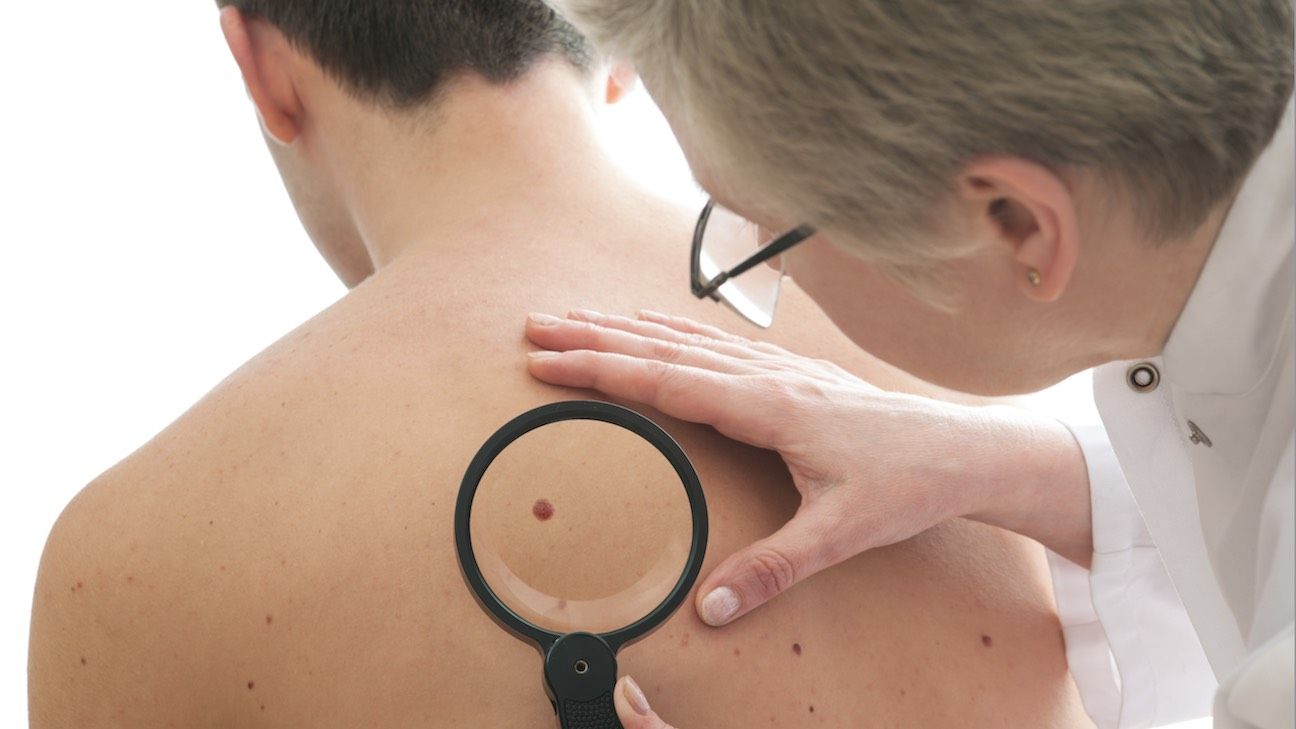Zawadski suggests taking the time to think about it all, letting it sink in, and preparing for any appointments using good old-fashioned notetaking, especially if you left the appointment with unanswered questions.
“(If) you have a series of questions that were not addressed, it can be important to write those down and get reconnected with that office so that you can receive the correct information and not feel like you are left in the unknown,” she said. “So, there are ways to seek that clarity, and I think that it can be important for you to sort of decide for yourself what exactly it is you need at that time.”
Focusing on melanoma surveillance
People who are diagnosed with melanoma, even in the earliest stages, are required to continue to do surveillance to ensure that it doesn’t occur again because, according to Dr. Sauder, if it can develop once, it can develop again.
After being diagnosed with this form of skin cancer, people should be prepared to stick to a regular schedule of surveillance to ensure that if it does pop up once more, it can be cut out before it spreads.
Keeping a watchful eye involves attending full body skin exams and checking for any other signs of systemic cancer every three to six months for the first year following diagnosis. After that, people can go every six to 12 months for two to five years. After the five-year mark, if there’s no recurrence, people can expect to continue with annual exams.

